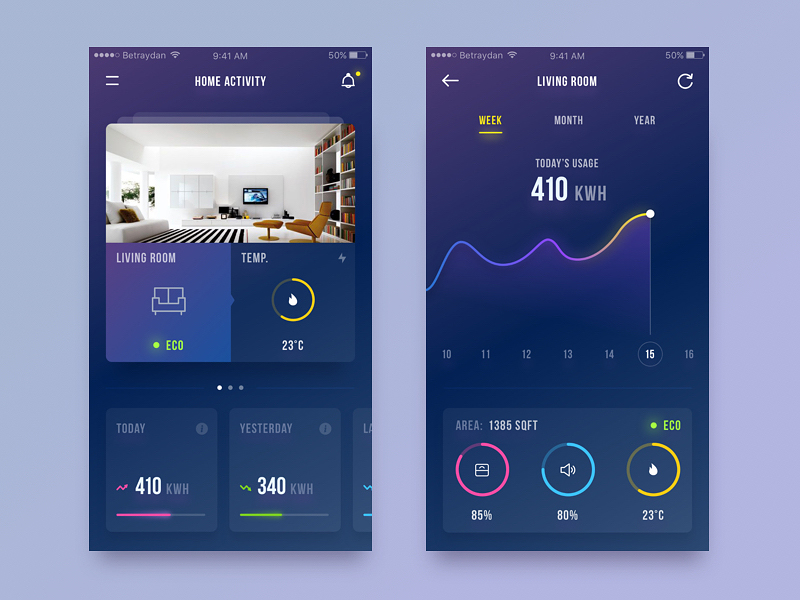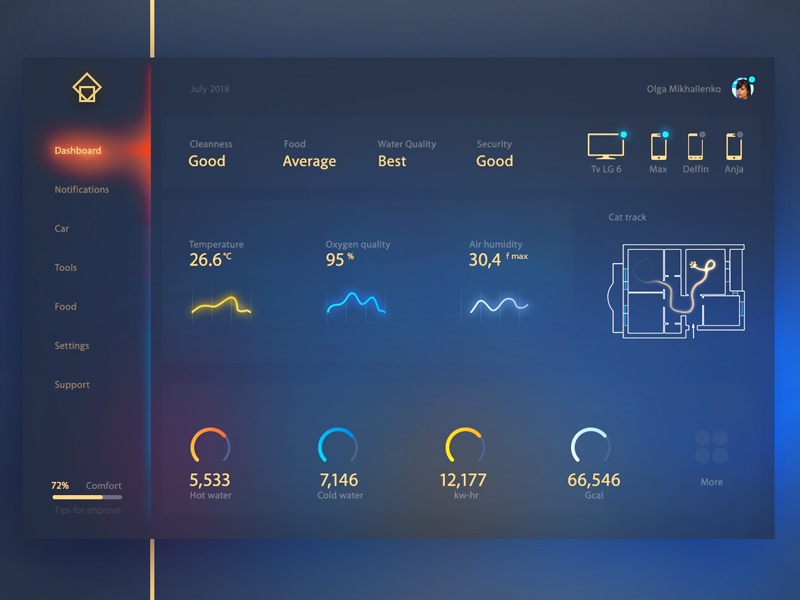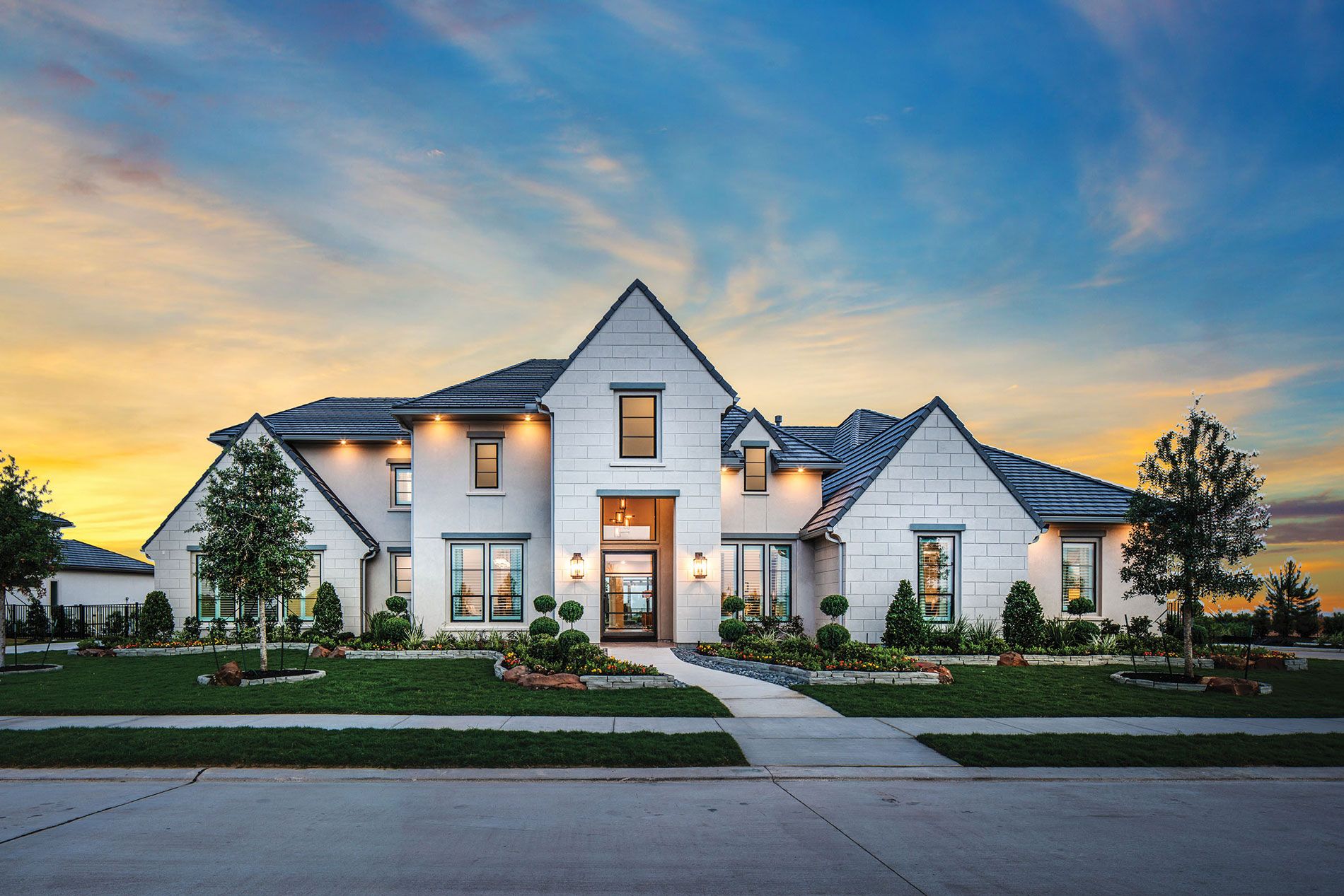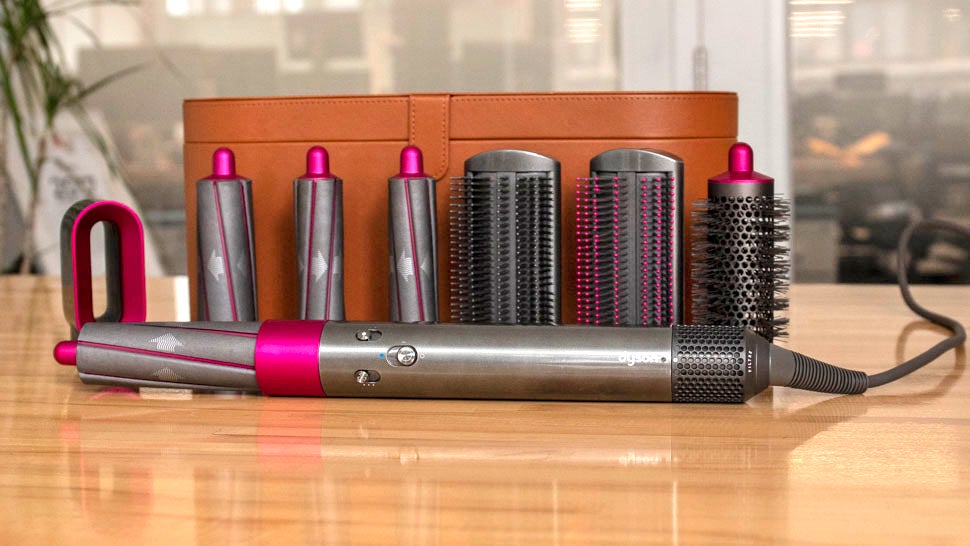Table of Content
This means that your locks can now be programmed to allow specific people in the home and keep out everyone else. This unusually stealthy product is a smart wifi-enabled security camera and video intercom, built into a simple and elegant outdoor light. Another innovative lighting product is the Flux Bluetooth Smart LED. This single bulb supports over 16 million color gradients and is controllable entirely via a smartphone app. Access – Using smart locks and garage-door openers, users can assign and revoke timed virtual keys to anyone they like, from in-laws to dog sitter and visitors. Smart locks can also detect when residents are near and unlock the doors for them. However, home automation systems have struggled to become mainstream, in part due to their technical nature.
Our upgrade pick, the Eero Pro 6, is the best choice if you want to serve up that kind of speed. The best home isn't just cozy, it makes your life easier with connectivity and efficiency. Learn about the best smart home devices to make your home work for you. As with most industries, the Covid-19 crisis has impacted the smart home market. However, according to Statista, the market is still growing (16.55% between 2020 and 2021) although slowed down by the health crisis.
Smart speaker
If you are looking for a more visually appealing option, ‘panel hubs’ have a very slick look. They are more common with central control Home Automation systems, but there are some available for app-based devices. Bill Gates started building his smart home in 1988 and finished in 2005.
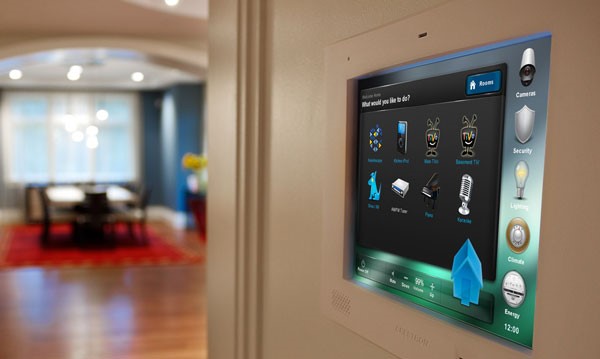
At the ultimate smart home, you're met with technology before you even step through the front door. Some of the most useful connected home gadgets reside in the front yard, starting with outdoor security cameras. Our top pick overall for keeping tabs on your home from your phone is the Arlo Pro 4 Spotlight Camera.
Controlling a Fan
Another piece of technology you'll want on your front door is a smart lock. Arguably the most important part of a truly connected home, these devices offer both security and flexibility, letting you come and go as you please, and monitor who is entering and leaving your home while you're away. Our current favorite is the August Wi-Fi Smart Lock, which is easy to install and stands out for its automatic locking and unlocking abilities, robust third-party integrations, and stylish design. We haven’t defined a smart building yet, that’s for another article.
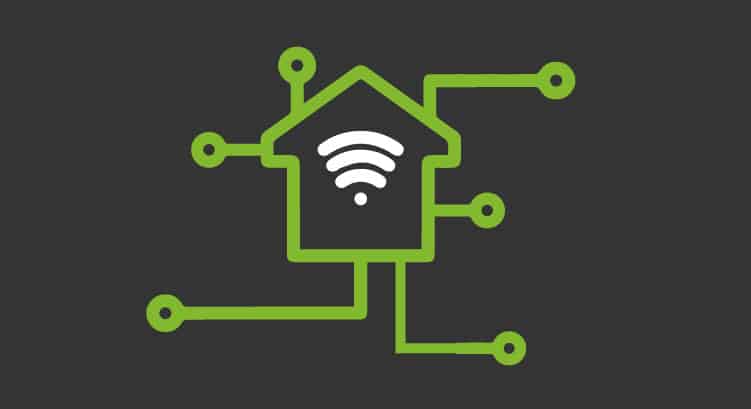
Like some more traditional products, lights can often set to change based on motion. Smart bulbs can communicate over Wi-Fi and display statistics or metrics to your phone. Use your smartphone from anywhere to turn up or down the temperature of the home, so if you leave suddenly or are planning on returning sooner than anticipated, you can still have the control you need. And smart thermostats also learn your patterns over time, so they’ll turn themselves off and on according to your schedule so you don’t even need to think about it. All of this adds up to a more comfortable home and a huge savings on energy bills each month.
What Can Smart Homes Do? 10 Genius Ways They Make Your Life Safer And Easier
Because it doesn't replace the lock mechanism itself, you can still use your original, physical key. A keyless design with no physical failsafe could indeed lock you out, but the August Wi-Fi Smart Lock isn't one of those locks. Monthly subscriptions range from $4 to $20 a month, which is on the lower end of the DIY home security spectrum, and it includes more smarts than most such subscriptions. If you're looking to give yourself a solid base to start building out a smart and secure home, you can't do much better than the Ring Alarm Pro.
This, plus weaknesses in the device's memory security, allowed the researchers to overwrite encryption keys and authenticate successfully, then hijack the door locks. Thanks to outdoor-friendly smart lights, the party doesn't need to stop when the sun goes down. The Philips Hue White and Color Ambiance Lily Outdoor Spot Light Kit is one of our favorite smart lighting options for the backyard.
Impact of IoT in biomedical applications
Link them to the app and share their location with those interested so nothing gets left behind. Simple to use, the Nest Learning Thermostat looks elegant and, on test, intelligently adjusted our heating schedule based on how long it took our home to heat up and cool down, such energy and money in the process. However, the battery isn't swappable, so the doorbell will be out of action when it needs recharging, and there's no HomeKit support. On test, it recorded clear, detailed footage in color both during the day and at night thanks to the built-in spotlight, which also helps deter intruders just like the built-in alarm. There's also automatic zooming and motion tracking, so the source of any activity is not only detected but also followed.

While not all new technology is an improvement, the examples here most certainly are. What if they could do more for us, and we could do more with them? Beyond connectivity, it’s designed to improve the way we interact with our homes. With a built-in database of over 30,000 devices that it can connect to and control, the NEEO is designed for simplified, centralized control of your entire smart home.
Nearly every aspect of domestic life has seen the introduction of a smart home alternative, whether it’s the living room, kitchen, bathroom, or lawn. But before you think about all the devices you want to install, you need to make a decision with regard to how you control everything. Like other Internet-of-Things devices, smart home systems often operate together, sharing usage data among themselves and automating actions based on the residents’ preferences. Nest Labs was founded in 2010 and released its first smart product, the Nest Learning Thermostat, in 2011. The company also created smart smoke/carbon monoxide detectors and security cameras.

You’ve probably heard a lot aboutsmart thermostatsin recent years — they’re everywhere, and for good reason. When synced with a smart home security system, they can do even more than regulate the temperature. Integration with motion sensors — both standalone motion sensors and those embedded in the video doorbell — can trigger the lights to turn on. There are a number of ways to customize how and when this happens. So although you’ll have to shell out a bit of dough to get your first smart home devices, over time they could eventually pay for themselves.
They can detect the presence of people in a room and adjust the lighting accordingly. They can also self-adjust brightness based on the amount of daylight available. You can also set a schedule to turn on and off lights at fixed times of the day. Smart home technologies can assist you in minimizing your energy costs. You’ll be happy to know that many affordable smart home solutions can help you make this pleasant choice.
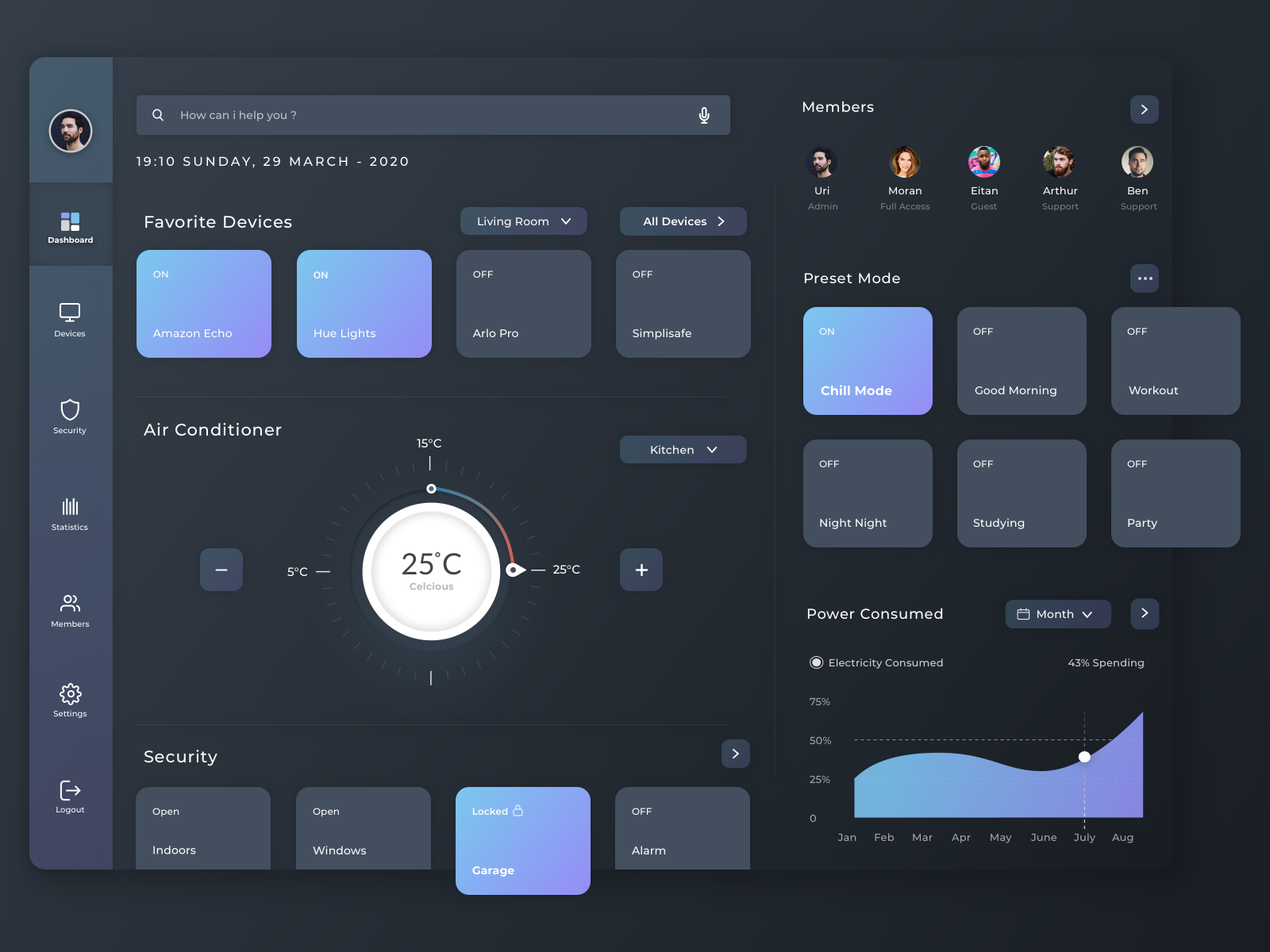
You can set guide temperatures so your thermostat doesn’t go higher than you’d like. You’ll also be able to control your smart thermostat from the base at home. More than 90%of Americans own smart home devices and with good reason! In the Kasa app, follow the instructions to connect your smartphone to the plug. Since all smart home devices use the Internet to communicate, you’ll want to make sure you have WiFi strong enough to handle information sharing. For larger homes, you may want to even consider getting multiple routers.
